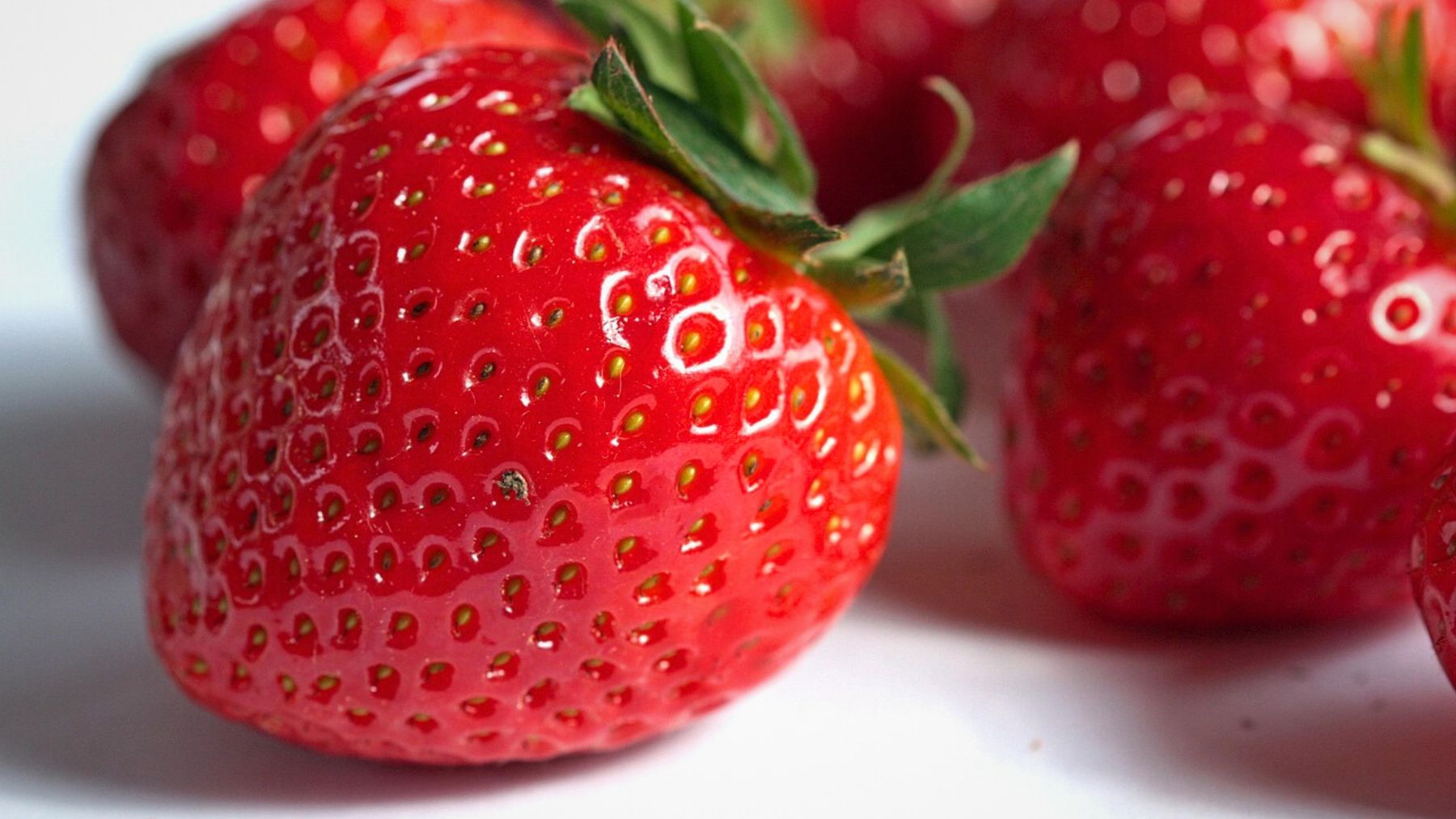Besides the classic methods of rinsing fresh strawberries with water and vinegar, there’s another simple way that’s quite effective in removing traces of pesticides and dirt.
Here, we’ll break down how to wash strawberries with baking soda, as well as how to store your berries so they stay fresh longer. We’ll also look at other cleaning methods, which ones are worth trying, and which ones to skip.
How to wash strawberries with baking soda
Baking soda is one of the best ways to clean strawberries if you’re worried about pesticide residue. It helps loosen and remove surface contaminants without changing the taste or texture of the fruit. Compared to vinegar, it’s gentler and leaves no aftertaste. And unlike plain water, it can break down residues.
To clean strawberries this way, dissolve about a teaspoon of baking soda in a bowl with several cups of cold water. Submerge the berries and let them soak for five minutes. Gently swish them around to help dislodge dirt and residue. Then rinse them thoroughly under cold running water and pat them dry with a paper towel.
This method is easy and doesn’t require any special equipment, just a bowl, baking soda, and clean water. It’s effective enough for conventionally grown strawberries, which often rank high on the Dirty Dozen list of produce with pesticide contamination. If you buy organic berries, you can still use this method to remove soil and bacteria from handling or packaging.
Other cleaning methods and how to store strawberries
If you don’t have baking soda, there are other ways to clean strawberries. Each has pros and cons depending on what you want to remove—pesticides, dirt, bacteria, or tiny insects.
- Cold tap water: The simplest method, which removes some dirt and up to 80% of surface pesticides, but not all. Rinse berries under running water for 10–20 seconds. It’s a good, quick rinse, but not the most thorough.
- Vinegar solution: Use 3 cups of water to 1 cup of white or apple cider vinegar and soak for 5–20 minutes. This can reduce pesticide residue and bacteria, but it may leave a slight vinegar taste if not rinsed well.
- Salt water: A teaspoon of salt per cup of water helps remove small insects. Soak the berries for at least 5 minutes, rinse well, and dry. The taste isn’t affected, but salt doesn’t do much for pesticide removal.
- Produce washes and soaps: Not recommended. The FDA and CDC don’t endorse them, and they can leave residue that’s not safe to eat.
- Ultrasonic cleaners: These devices use sound waves to clean produce. While they’re popular online, there’s not enough solid research to say they work better than water.
Once your berries are clean, store them dry in the fridge. If you’re not using them right away, keep them unwashed in their original container or a paper towel-lined container with a loose lid. Moisture speeds up spoilage, so wash only what you’ll eat. Strawberries can last 5 to 7 days when stored this way. Just remove any that are bruised or moldy as soon as you notice them.

